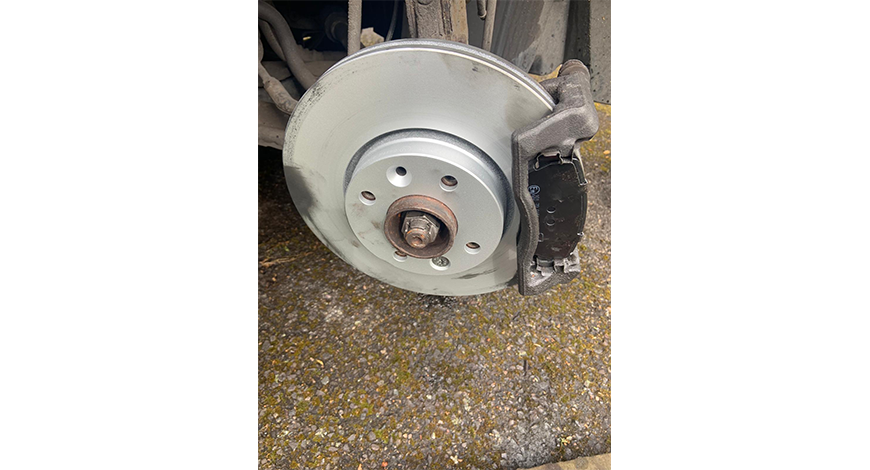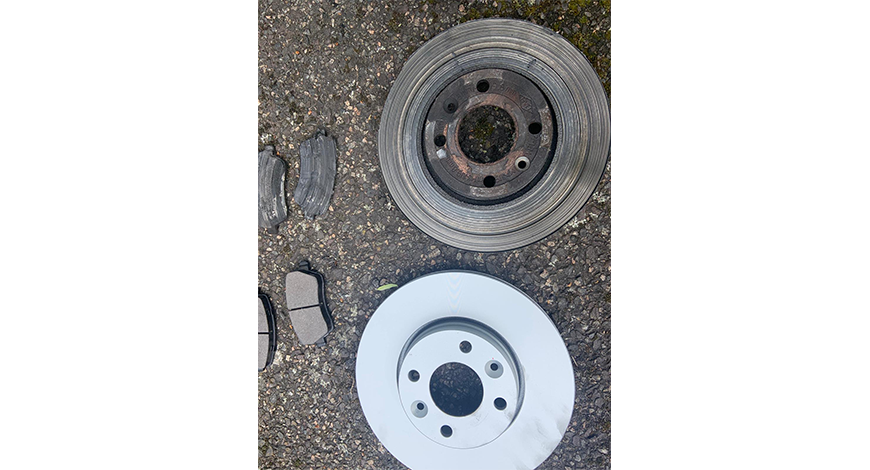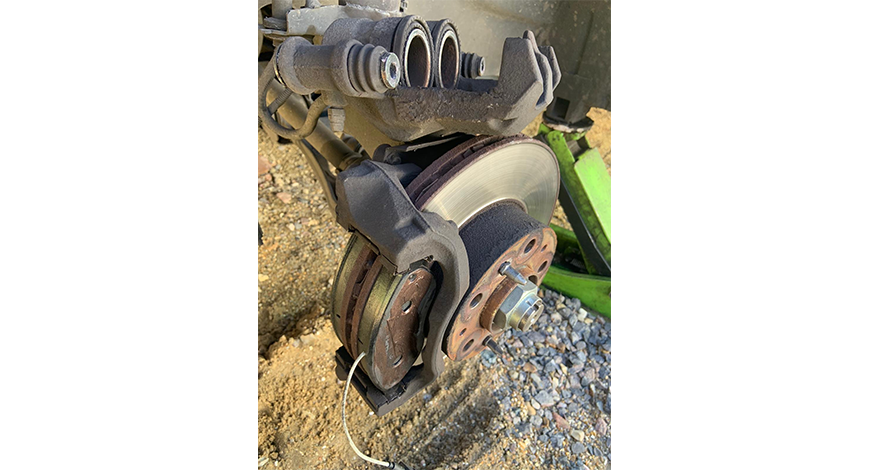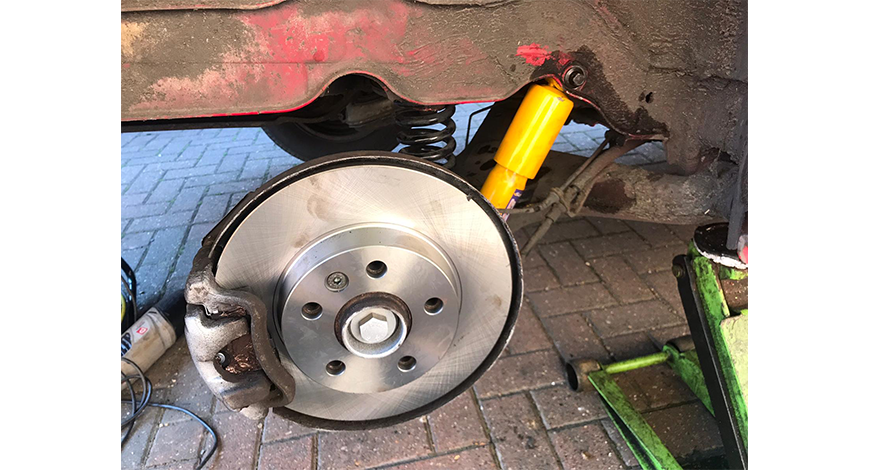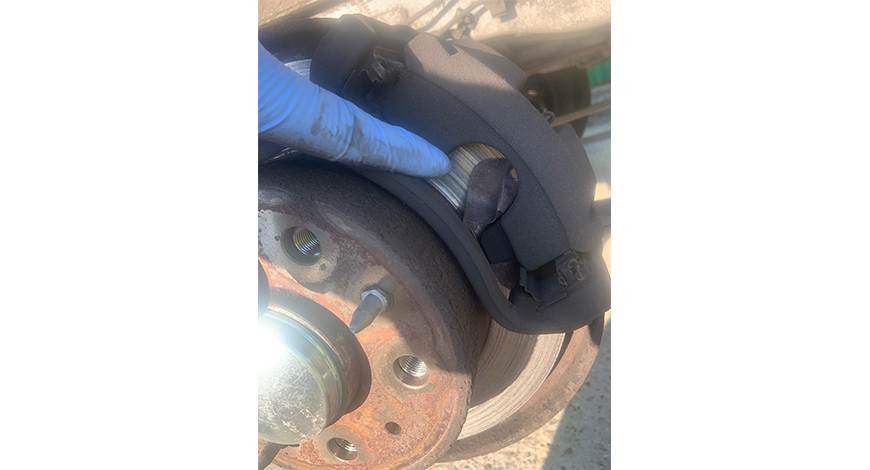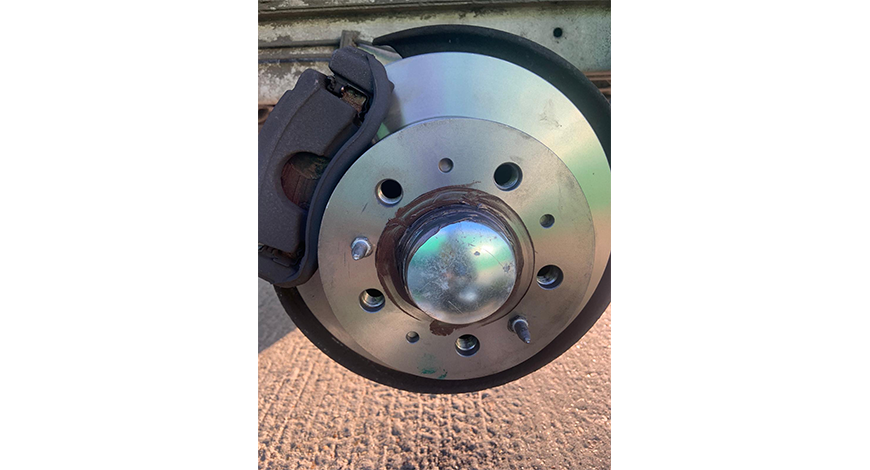Brakes
Brakes
When to replace your brakes
Different driving patterns have a dramatic effect on how often your brakes need servicing.
For example, a set of brake pads could last up to 60,000 miles or more on a car driven predominately on the motorway. However, the brakes on the same car driven mostly in busy city centre traffic may last only 25,000 miles or less.
Front brakes normally wear out before rear brakes because they handle a higher percentage of the braking load, especially on front-wheel drive cars.
It is often recommended that brake pads should be replaced if the pad friction material has worn down to a thickness of 3 millimetres. Brake disc thickness should be measured if they are at or below the manufacturer's safe minimum thickness specification they should be replaced.
Do my brakes need replacing?
There are several tell-tale signs to look out for when using your brakes
- Grinding - when the friction material on brake pads are heavily worn, this can result in a grinding noise as the brake pad has worn down to the metal callipers. This is also likely to damage the brake discs.
- Squeaking - there are many reasons why brakes squeak or squeal. It could suggest the brake calliper has stuck and the brakes pad remains partially applied to the disc, but some pads have wear indicators that squeal when worn to let the driver know the brakes need changing. Either way, you should get this checked out.
- Pulsating - If you feel a continuous pulsating from the brake pedal whenever you apply the brakes, this indicates the brake disc has become warped due to excessive heat. Pulsation occurs because the brake disc is distorted and no longer provides a perfectly flat surface when the brake pad makes contact. If this only occurs when you apply the brakes firmly, it could just be the ABS kicking in but you should have this checked out if you are concerned or it happens regularly.
- Pulling - if your car pulls to the left or right when you apply the brakes this is usually indicative of a sticking hydraulic or mechanical component such as a seized calliper. An inspection can identify the precise reason for the vehicle pulling to one side.
- Sponginess - the brake pedal feels spongy and the brakes seem unresponsive. This is a sign that air has entered the brakes lines and is preventing the brake fluid from flowing through this system effectively.
- Soft Brake Pedal - if the brake pedal is limp and goes all the way to the floor, this indicates a serious braking system fault which you should have inspected immediately. A brake pedal that is soft and can be applied all the way to the floor usually means the brake fluid is ineffective and needs replacing but there can be several other potential reasons such as a master cylinder fault.
- Dashboard Light - if a brake warning light appears on your instrument panel either continuously or when you apply the brakes it usually means the brake fluid level is critically low. This could also indicate a leak in the brake hoses.
- High Handbrake - If the handbrake is pulling up higher than it normally does it may need adjusting. In modern cars, this is usually anything more than 6 to 8 clicks. If the handbrake lever reaches the end of its travel it will fail the MOT.
- Old Brake Fluid - If your brake fluid is over two years old it may be losing its effectiveness since it has hygroscopic properties which means it absorbs moisture over time. This affects the properties of the fluid which negatively affects braking ability. Brake fluid should be changed approximately every two years but check your manufacturers handbook.
The braking system is your car’s most important safety system, becoming much less effective as they wear. Please contact us to carry out full brake checks, repairs, and replacements, all at competitive rates to give you the peace of mind that your brakes are working safely.
Welling,
Kent
Mon - Sat: 8:00am to 6:00pm
Sun: 10:00am to 1:00pm



